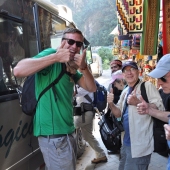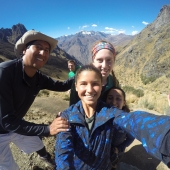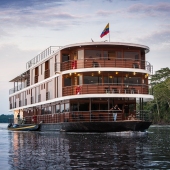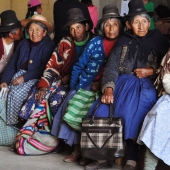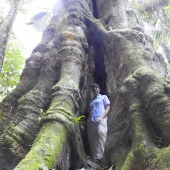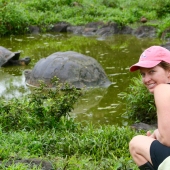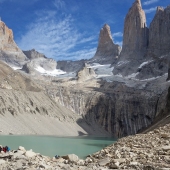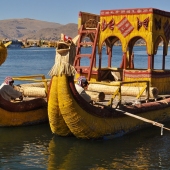
South America Travel Trends: Why the Best Adventures are Soft
It's the latest trend to hit the travel industry since the rolling luggage movement landed on the tarmac. Adventure travel is accepted as one of the many modes that travelers of all ages now have when choosing trips. In the past, adventure travel was relegated to those bold explorers who organized legendary expeditions, not sissy trips with tourist buses, hotels and amenities. The famous explorer, Hiram Bingham, is one example. He was the plucky American professor who stumbled in to the ancient ruins of Machu Picchu while looking for the lost city of gold in the Andes Mountains of Peru. Bingham was the first to announce the existence of Machu Picchu to the world, although rather like Columbus, who is credited with being the first known voyager to collide with the North American continent, the locals already knew about it.
Another equally important, but less well-known American explorer is Richard Schultes. He was a biologist hired by the US government in 1942 to search for disease-resistent wild rubber to reduce US dependence on Asian rubber. (think WWII) His epic saga through the Amazon is well-documented in a book called "One River," written by Wade Davis. We highly recommend the book.
Origins of Adventure Travel
Let's skip forward to the 1960s and 70s when adventure travel became popular with young adults. It wasn't called adventure travel back then. It was called "backpacking around Europe." People in their 20s would leave home with nothing more than a few articles of clothing in a backpack, a fistful of travelers cheques, a youth hostel membership and a Eurail pass tucked in their passport pouches, hanging securely around their necks.
Now, those 20 year olds are in their 50s, 60s and 70s. And although the desire to noodle around Europe, or even the world, with a knapsack, was the epitome of adventure travel back then, travelers from the 1970s realize that while the thrill of adventure travel may still course through their somewhat-hardened veins, their bionic man-made joints seem to prefer sleeping on beds rather than the ground. But not to worry.
Birth of Soft Adventure
Along comes "Soft Adventure." This mode of travel can best be described as adventure with comfort. And is done in small groups who seek to explore out-of-the-way destinations. For instance, you can now book luxury 4-day Inca Trail hikes to Machu Picchu. After a strenuous day of hiking where you are expected only to carry a small day pack with water and rain gear, porters will have your camp set up, the hot water for your shower ready at just the right temperature, and your masseuse waiting. After dinner is served at the dining table in the dining tent, you'll snuggle down for the night suspended above the ground, in the comfort of a lightweight cot. Sleeping on the hard ground is for younger folks with springy spines.
What if you don't want to camp at all? No problem. Nature lovers can partake in dramatic day hikes and 1-day outdoor activities combined with nocturnal comforts. How about sleeping in cozy lodges where snazzy meals are whipped up by well-schooled chefs? If you want a few pleasures while you suffer, just ask.
Popular Soft Adventures in South America:
Perfect for families, couples and small groups
- Luxury easy 2-Day Inca Trail hike to Machu Picchu - no camping
- Classic easy 2-Day Inca Trail hike to Machu Picchu - no camping
- Luxury Classic 4-day Hike to Machu Picchu - camping with amenities
- 9-Day Trip Includes Cusco and 4 - Day Inca Trail hike to Machu Picchu
- For nature-lovers, guided 1 day tours and activities in Cusco
- Multi-day trips to Amazon jungle Peru - lodge with private bathrooms and hot water
- Multi-day Amazon riverboat cruise - Ecuador - cabins with private bathrooms
- 7-Day Hike to Machu Picchu - accommodations in charming Mountain Lodges
- 7-Day Galapagos Islands land-based adventure
- Chile with Patagonia and Easter Island
If you're a grasshopper to the idea of "soft" adventure travel, we can help you. We've cleared the way for others to experience this truly
life-changing way of travel. Contact Adios Adventure Travel US office to discuss your needs and interests. Adventure Travel for softies is what we do best.


